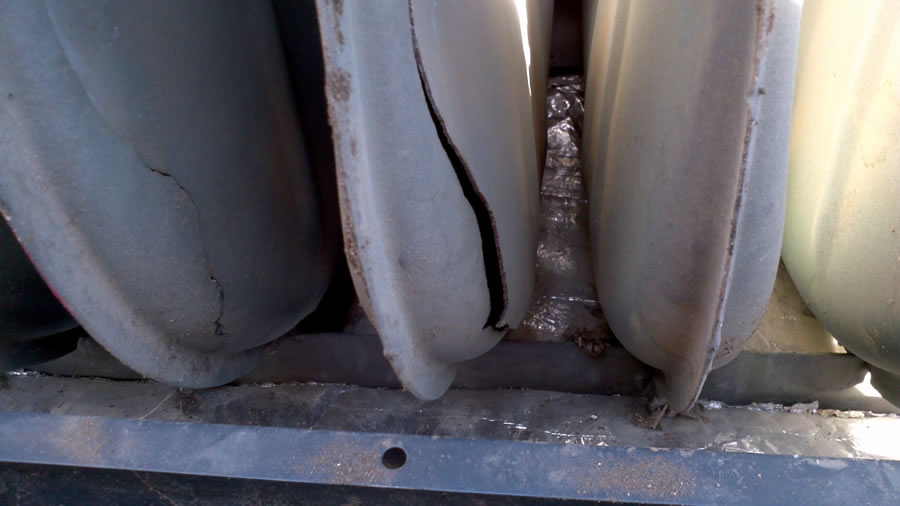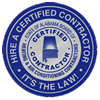As the weather turns cooler in the Decatur, AL area and beyond, you may be getting ready to use your furnace for the first time this season, and you may have scheduled your yearly furnace inspection. During this inspection, you may hear the term heat exchanger, and your HVAC professional may inform you that it’s in a good shape, or that it’s cracked.
If you’re wondering what this means, read on.
What is a Heat Exchanger?
Your heat exchanger is a critical component of your furnace that allows the exchange of heat from the air in the combustion chamber to the air in your ventilation system, while keeping the two sets of gases apart. It also forms a barrier between your combustion chamber (where flames burn) and the rest of your system, keeping exhaust gases out of your home. They can also manage the heat exchange between liquids such as water.
Heat exchangers greatly improve the energy efficiency of your furnace or boiler, as they take all the heat that they can from hot waste gases and water. The exchanger also keeps drafts and liquids out of the combustion chamber, which allows efficient burning and complete combustion.
These components can also remove heat in some air conditioning systems to cool an area, using the same concept.
What Happens If Your Heat Exchanger Cracks?
These components should last a long time, but they are exposed to high temperatures often, and the normal expansion and contracting of metal. This, along with problems inside the combustion chamber itself, can lead to a crack in the exchanger.
Cracks may start small but can grow over time as more strain is placed on the system. A few negative things can happen when a crack appears.
First, gases can leak out of the combustion chamber and mix with the air flowing through your vents and into your home. It can also leak out around the furnace itself. This can lead to illness and carbon monoxide poisoning, if not addressed quickly. For this reason, it’s a good idea to keep carbon monoxide detectors in your home, outside of bedrooms, and have yearly inspections done.
You may also hear rumbling sounds from your furnace or notice soot around your burners. A cracked heat exchanger can alter the flames of your furnace, causing them to burn less efficiently and produce more carbon monoxide gas. You may also notice odd smells that could be other gases.
What to Do Next
If your HVAC technician finds a cracked heat exchanger, it usually must be replaced entirely, or if your furnace is older, your furnace will likely need replacement. Your technician will help you weigh the pros and cons of both options, and work with you to find the best solution for you.
If you have an older furnace, upgrading to a newer, energy-efficient model will help you save on your energy bills, despite the upfront costs. The cost of the exchanger will be so much that you will be better off simply replacing the furnace. If your model is new, you may be able to replace the exchanger for less than the furnace cost, though this is less common.
If you suspect a cracked heat exchanger or need a yearly inspection, be sure to reach out to us at Southeastern Mechanical Services today.








